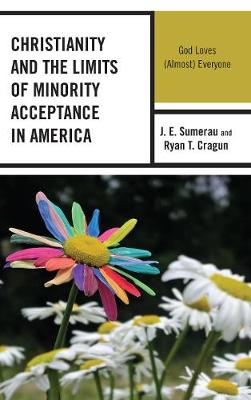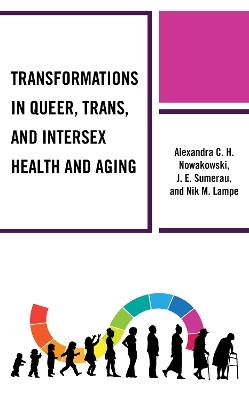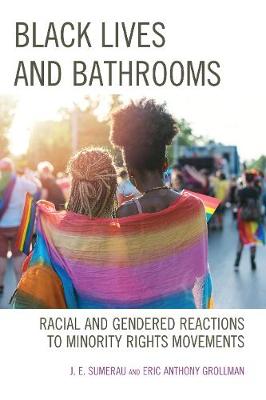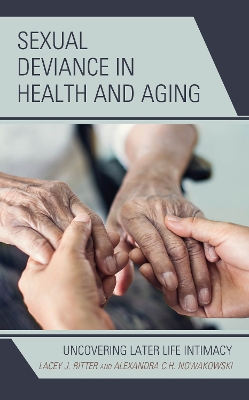Breaking Boundaries: New Horizons in Gender & Sexualities
4 total works
Christianity and the Limits of Minority Acceptance in America
by J E Sumerau and Ryan T Cragun
Transformations in Queer, Trans, and Intersex Health and Aging
by Alexandra C.H. Nowakowski, J E Sumerau, and Nik M. Lampe
This book utilizes collaborative autoethnography to examine transformations in health and aging among queer, trans, and intersex people in society. To this end, the authors each utilize their lived experiences as queer, trans, and/or intersex people to discuss inequalities and norms in U.S. healthcare. Further, they elaborate upon some ways U.S. healthcare systems may become more inclusive of queer, trans, and intersex populations over time. In so doing, they utilize the autoethnographic cases to illustrate and describe the complexities of sex, gender, and sexualities in health and aging as well as the ways such intricacies facilitate societal inequalities in health and aging.
Sexual Deviance in Health and Aging
by Lacey J. Ritter and Alexandra C.H. Nowakowski
Sexual Deviance in Health and Aging: Uncovering Later Life Intimacy explores life course health experiences and unmet care needs of populations perceived as sexually deviant in the United States. These groups include but are not limited to: gay, lesbian, and bisexual people; asexual and demisexual people; trans, nonbinary, and gender nonconforming people; intersex people; nonmonogamous and polyamorous people; kink and fetishism practitioners; sex and adult entertainment workers; individuals labeled as sexual offenders and predators; people living with sexually transmitted infections; people identifying as neuroatypical and/or autistic; and people with chronic conditions and disabilities who lead active sexual lives. Lacey J. Ritter and Alexandra C.H. Nowakowski analyze the social, cultural, and political origins of perceptions of these groups as sexually deviant. In the process, they provide history and context for the health care experiences of people within each of these broad groups. Simultaneously, Sexual Deviance in Health and Aging highlights the complexity and individuality of different people’s journeys through sexuality in health and aging.



